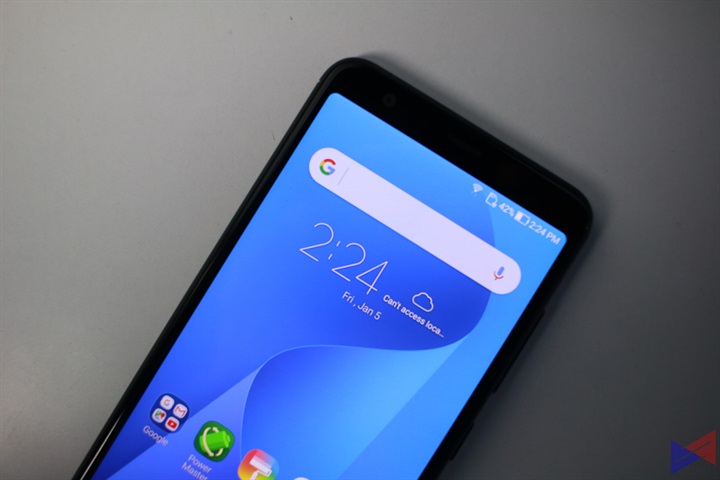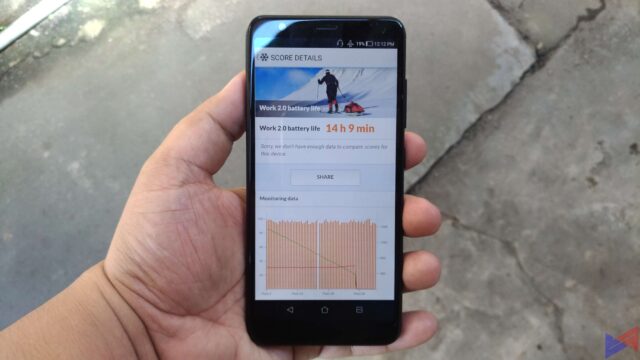Our first look at the Zenfone Max Plus revealed a decent device that offers a number of notable changes from its predecessor, such as a different processor, a slightly bigger display with a higher resolution that is now on an 18:9 aspect ratio, and features like Face Unlock.
From our first impressions, I did like how the look and feel, the screen was evidently better, the software seems to be polished, and the camera performance was decent except for the wide-angle shots.
So do all of these changes make this phone more buy-worthy over the more affordable Zenfone 4 Max? I’ve completed the rest of the tests, and the result is quite interesting. Let’s find out in this full review.
ASUS Zenfone Max Plus Specs:
- 1.5GHz MediaTek MT6750T octa-core processor
- 4GB of RAM, 32GB of storage expandable via microSD card
- 5.7-inch 18:9 FHD+ display
- 16MP (RGB, f/2.0) + 8MP (Wide-Angle) rear cameras
- 8MP (f/2.0) front camera
- Fingerprint Sensor
- Face Unlock
- ZenUI 4.0 on top of Android 7.0 Nougat
- 4,130mAh battery with ASUS BoostMaster fast charging
Design and Build Quality
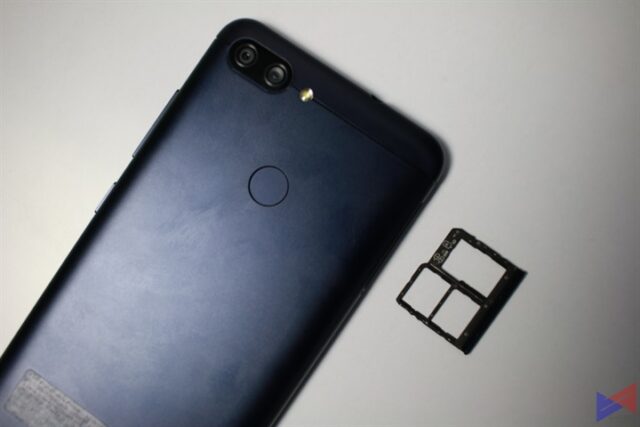 The Zenfone Max Plus does resemble a bit of the Zenfone 3 Zoom. And while it isn’t the slimmest phone out there, being able to fit a huge battery is no easy feat. It uses a triple slot tray, which means you don’t have to sacrifice a SIM card slot for your microSD card.
The Zenfone Max Plus does resemble a bit of the Zenfone 3 Zoom. And while it isn’t the slimmest phone out there, being able to fit a huge battery is no easy feat. It uses a triple slot tray, which means you don’t have to sacrifice a SIM card slot for your microSD card.
The phone is also quite easy to use with one hand, though the back is a bit slippery. Fortunately, the unit we received came with a clear case.
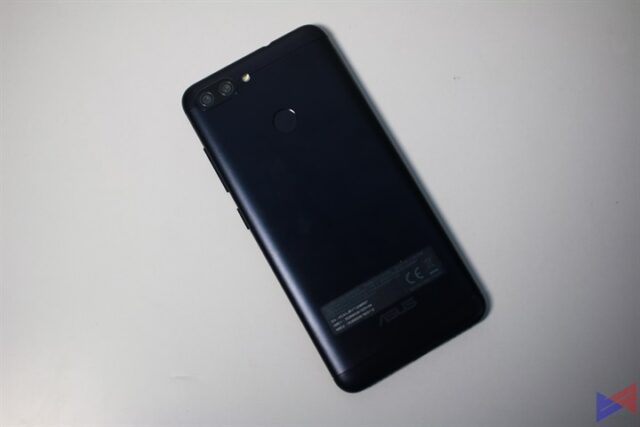 The dual camera system protrudes, which makes you feel like you have to take caution when laying it flat on a table. I’m not sure why they went back with the sticker on the lower part, which was already gone with the vanilla Zenfone 4. I think ruins the beauty of the device, at least from that angle.
The dual camera system protrudes, which makes you feel like you have to take caution when laying it flat on a table. I’m not sure why they went back with the sticker on the lower part, which was already gone with the vanilla Zenfone 4. I think ruins the beauty of the device, at least from that angle.
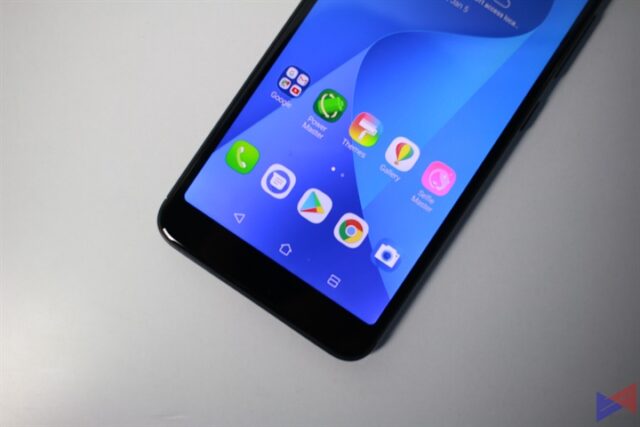 The highlight of the new design is the slightly larger 5.7-inch 18:9 display, which now sports a resolution of 2160 x 1080 pixels, or FHD+. It carries the signature vibrancy that brings out more life to each color, is very bright, and is very much readable even in direct sunlight.
The highlight of the new design is the slightly larger 5.7-inch 18:9 display, which now sports a resolution of 2160 x 1080 pixels, or FHD+. It carries the signature vibrancy that brings out more life to each color, is very bright, and is very much readable even in direct sunlight.
I feel like they could’ve slashed a few more millimeters off the bottom and side bezels. Unless of course, it’s a design restriction. They could’ve also just made use of capcitive buttons instead of on-screen buttons, and perhaps make it customizable through the software.
Performance
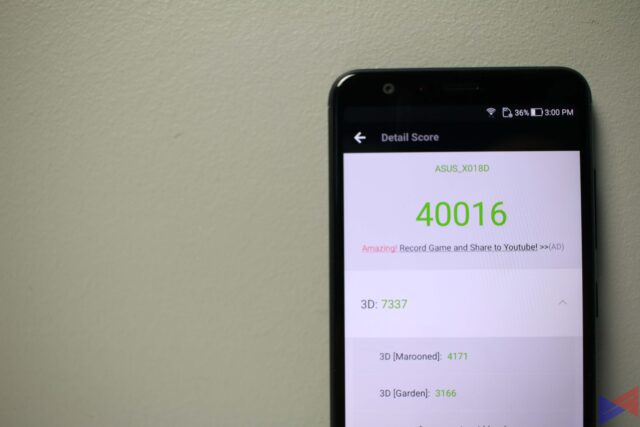
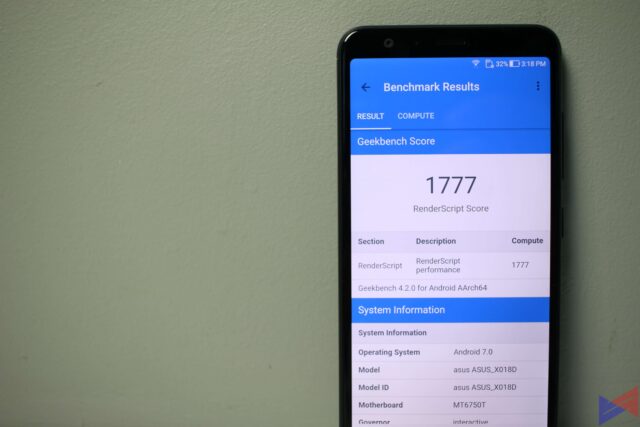 The Zenfone Max Plus runs on a MediaTek MT6750T processor which while certainly capable, is unfortunately just as outdated as the Snapdragon 430 in the Zenfone 4 Max. A Snapdragon 450 or the new Helio P23 would’ve been a better choice.
The Zenfone Max Plus runs on a MediaTek MT6750T processor which while certainly capable, is unfortunately just as outdated as the Snapdragon 430 in the Zenfone 4 Max. A Snapdragon 450 or the new Helio P23 would’ve been a better choice.
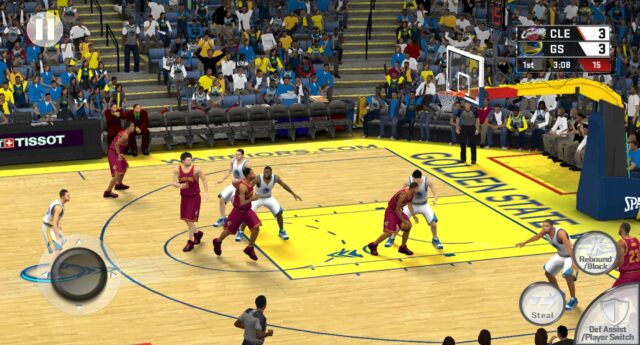 As far as synthetic benchmarks are concerned, the 6750T performs just as well as the 430. Either is a decent choice for general use. In gaming, you can still run NBA 2K17 at only more or less the same settings – medium to very low. The only difference is that there’s more heat buildup on the MediaTek chip.
As far as synthetic benchmarks are concerned, the 6750T performs just as well as the 430. Either is a decent choice for general use. In gaming, you can still run NBA 2K17 at only more or less the same settings – medium to very low. The only difference is that there’s more heat buildup on the MediaTek chip.
Camera
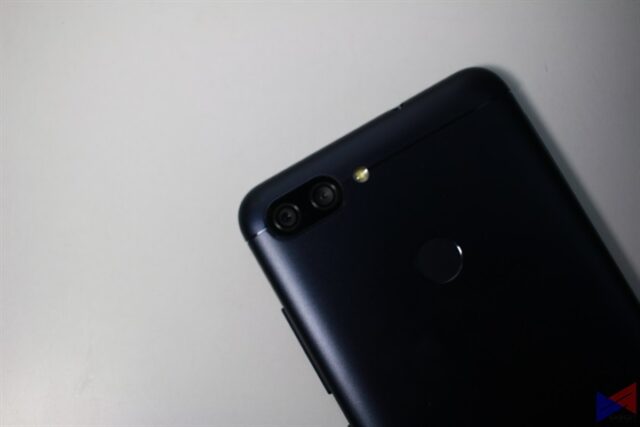 The device features a dual rear camera setup composed of a 16MP RGB sensor along with a secondary 8MP sensor with a 120 degree wide-angle lens.
The device features a dual rear camera setup composed of a 16MP RGB sensor along with a secondary 8MP sensor with a 120 degree wide-angle lens.

 Using the main lens, you get photos with decent detail. The only problem is that some shots came out looking oversaturated. Focusing speed is quick enough.
Using the main lens, you get photos with decent detail. The only problem is that some shots came out looking oversaturated. Focusing speed is quick enough.
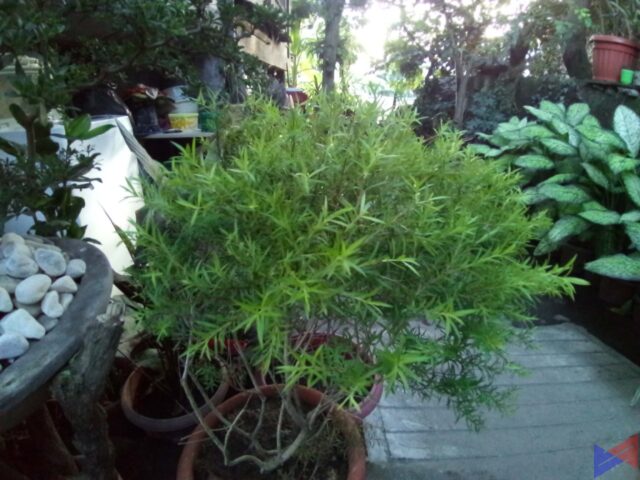 As for the wide-angle lens, it’s able to capture a bigger area, yes. But there was evident loss of detail in some instances, colors looked too pale in contrast, and objects appeared to be out of focus when they clearly were before I took the shots.
As for the wide-angle lens, it’s able to capture a bigger area, yes. But there was evident loss of detail in some instances, colors looked too pale in contrast, and objects appeared to be out of focus when they clearly were before I took the shots.

 Portrait mode works well too both for the front and rear cams, so long as you can find the right angle
Portrait mode works well too both for the front and rear cams, so long as you can find the right angle

 The 8MP front camera is more like a hit and miss, there are instances when selfies came out with good clarity, but there are also times when it didn’t and my face seemed to be out of focus, though it clearly was before i took the shot.
The 8MP front camera is more like a hit and miss, there are instances when selfies came out with good clarity, but there are also times when it didn’t and my face seemed to be out of focus, though it clearly was before i took the shot.
Software
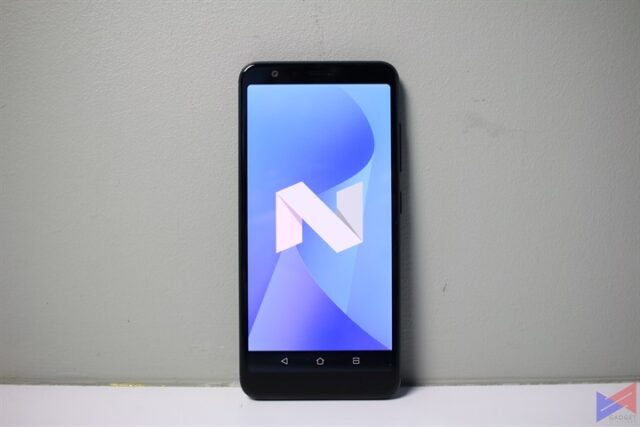 The Zenfone Max Plus runs on ZenUI 4.0 on top of Android Nougat, which introduces a number of new features such as face unlock, which by the way is fast, simple, and works well, at least most of the time.
The Zenfone Max Plus runs on ZenUI 4.0 on top of Android Nougat, which introduces a number of new features such as face unlock, which by the way is fast, simple, and works well, at least most of the time.
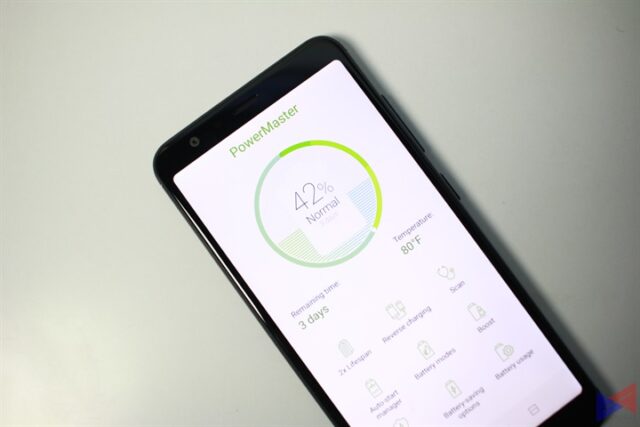 There’s the PowerMaster app, which lets you change battery modes depending on what you’re doing, manage apps, and use the phone as a powerbank for charging other devices.
There’s the PowerMaster app, which lets you change battery modes depending on what you’re doing, manage apps, and use the phone as a powerbank for charging other devices.
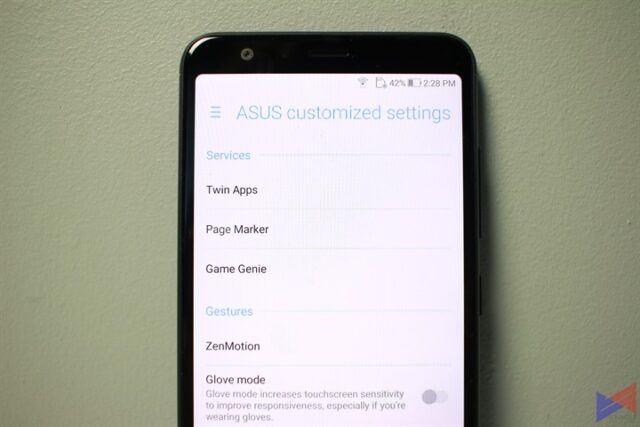 There’s Twin Apps, which let you login to two separate accounts in for example, Facebook, by creating a copy of the app. Then there’s Game Genie, which lets you capture screenshots, record your gameplay, and search for useful tips without hassle.
There’s Twin Apps, which let you login to two separate accounts in for example, Facebook, by creating a copy of the app. Then there’s Game Genie, which lets you capture screenshots, record your gameplay, and search for useful tips without hassle.
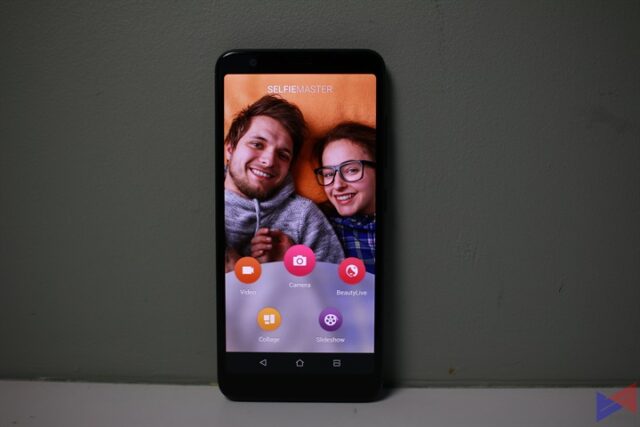 If you’re fond of doing livestreams, the BeautyLive feature is also integrated into ZenUI 4.0. All you have to do is fire up the SelfieMaster app, and the entire suite of photo management, editing, and livestream apps are in reach with just a single tap.
If you’re fond of doing livestreams, the BeautyLive feature is also integrated into ZenUI 4.0. All you have to do is fire up the SelfieMaster app, and the entire suite of photo management, editing, and livestream apps are in reach with just a single tap.
While performance in general was smooth and fluid, I did encounter an instance when the System UI crashed and the phone rebooted when attempting to turn Wi-Fi on. Hopefully, it’s an isolated issue that can be resolved by a system update.
Battery Life
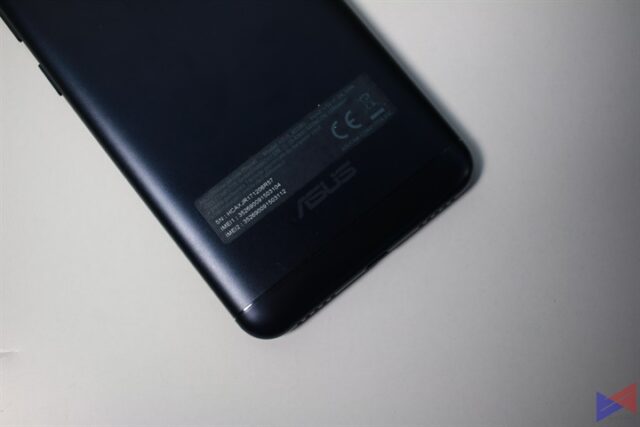 Now, this is one of the most interesting (and odd) things about this phone. They call it the Battery King. And yet, it has a smaller 4,130mAh battery compared the Zenfone 4 Max’s 5,000mAh. Shouldn’t it be the other way around?
Now, this is one of the most interesting (and odd) things about this phone. They call it the Battery King. And yet, it has a smaller 4,130mAh battery compared the Zenfone 4 Max’s 5,000mAh. Shouldn’t it be the other way around?
But the surprising part is that the phone performed exceptionally well in the battery test, yielding 14 hours of uptime in a single charge with optimal settings. In real life usage, it’s going to last even longer.
Final Verdict
The Zenfone Max Plus offers a number of key improvements over its predecessor: an 18:9 display with a higher resolution, and a refreshed, new take on Android that brings Facial Recognition to the table, which by the way, works well. And while it has a smaller battery than the Zenfone 4 Max, it still managed to yield 14 hours of uptime in our battery test, and is likely to last even longer in real life usage.
Of course, it still has plenty of room for improvement, as it also suffers from the same troubles that its older sibling had – an outdated processor and inconsistent camera performance.
So, at PhP11,995, is this phone worth buying? if you’re just looking for a phone that can last very long, and you’re fine with all its flaws, then i’d say yes.
Emman has been writing technical and feature articles since 2010. Prior to this, he became one of the instructors at Asia Pacific College in 2008, and eventually landed a job as Business Analyst and Technical Writer at Integrated Open Source Solutions for almost 3 years.

